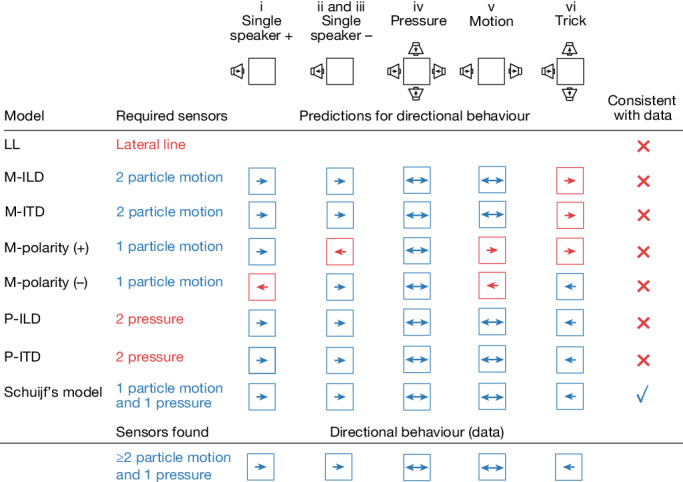Fig. 4. Evidence for Schuijf’s model of phase comparison.

We consider seven models for directional hearing that depend on different sensory structures and predict different behaviours (an eighth lateral line (LL)-based mechanism can be ruled out as we observe directional behaviour despite lateral line ablation). Interaural time difference (M-ITD) and level difference (M-ILD) mechanisms based on particle motion can be rejected on the basis of the behavioural data in the trick configuration. A strategy that is based on escaping positive (M-polarity (+)) or negative (M-polarity (−)) initial motion can be rejected as inverted polarity waveforms fail to invert the startle direction. Finally, a mechanism based on sensing pressure level or time differences (P-ILD, P-ITD)—consistent with behavioural data—can be rejected as D. cerebrum possess only a single pressure sensor. This leaves Schuijf’s model as the one that correctly predicts an inversion of startle direction in the trick configuration and that is based on sensory cues that D. cerebrum is able to sense.
